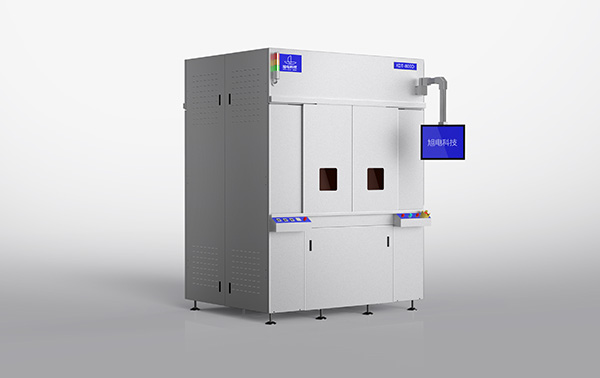Contact exposure
The contact exposure finger mask directly contacts the photoresist layer. The exposed graphics are equivalent to the graphics resolution on the mask board, and the device is simple. The contact type is divided into soft contact, hard contact and vacuum contact according to the way of exerting force. The closer the contact, the higher the resolution, of course, the closer the contact, the greater the damage to the mask and material.
(1) Soft contact: the substrate is absorbed through a tray (similar to the placement of the substrate leveler), and the mask is covered on the substrate;
(2) hard contact: the substrate is passed through an air pressure (nitrogen) to the top, so that it contacts with the mask.
(3) Vacuum contact: pumping air between the mask and substrate to make it fit better (think about how the quilt is vacuum placed)
Its shortcomings are: photoresist contaminated mask; mask wear, easy to damage, low life (only 5-25 times); easy to accumulate defects; the industrial level of the 1970s, has been gradually eliminated by close exposure, domestic lithography machine are contact exposure, domestic lithography machine development The organization is unable to provide products with higher process requirements for non-contact exposure.
Proximity exposure
Proximity exposure refers to a small gap (Gap) between the mask and the photoresist substrate, which is about 0-200 microns. It can effectively avoid the damage of mask plate caused by direct contact with photoresist, and make the mask and photoresist substrate durable; the mask life is long (can be increased more than 10 times), and the pattern defects are few. Proximity is the most widely used in modern lithography process.
Projection exposure
The projection exposure means that the optical system is gathered between the mask and the photoresist to achieve the exposure. The size of the general mask will be 4 times that of the need to transfer the graphics. Advantages: improved resolution, easier fabrication of mask panels, and reduced defects on mask panels.
The projection exposure is divided into:
(1) scanning Scanning Project Printing. From the end of 70s to the beginning of 80s, "1" m technology; mask plate 1:1, full size.
(2) step by step repeat projection exposure (Stepping-repeating Project Printing or Stepper). From the end of 80s to 90s, it was 0.35 m (I line) to 0.25 m (DUV). Mask reduction ratio (4:1), exposure field (22 x 22mm) can cover the area of one exposure. The difficulty of making prism system is increased.
(3) scanning step projection exposure (Scanning-Stepping Project Printing). From the end of 90s to the present, it is used for less than 0.18 micron m process. The 6 inch mask is exposed to 4:1 ratio, and the exposure area (Exposure Field) is 26 x 33mm. Advantages: Increase the field of view for each exposure; provide compensation for surface roughness; improve the size uniformity of the entire silicon wafer. But at the same time, because of the need for reverse movement, the accuracy requirement of the mechanical system is increased.

